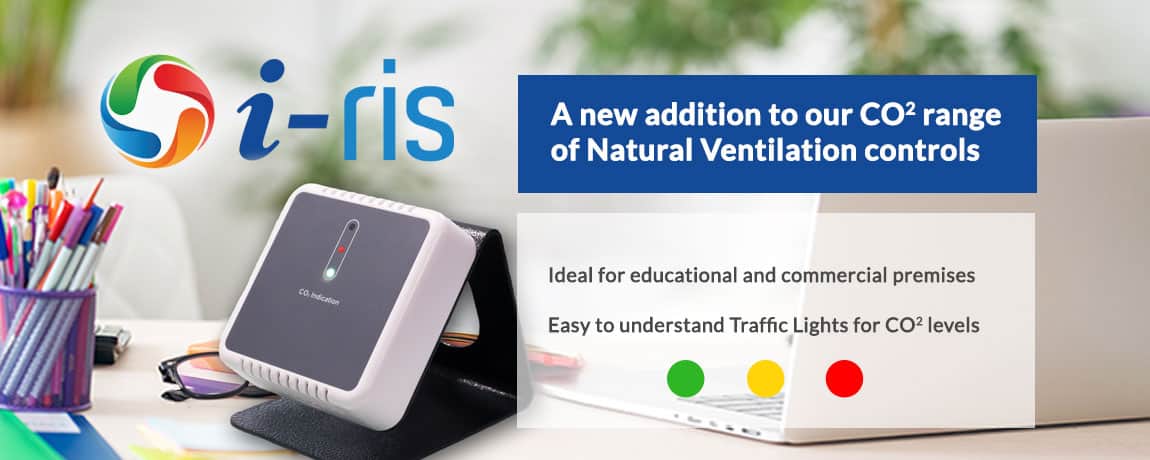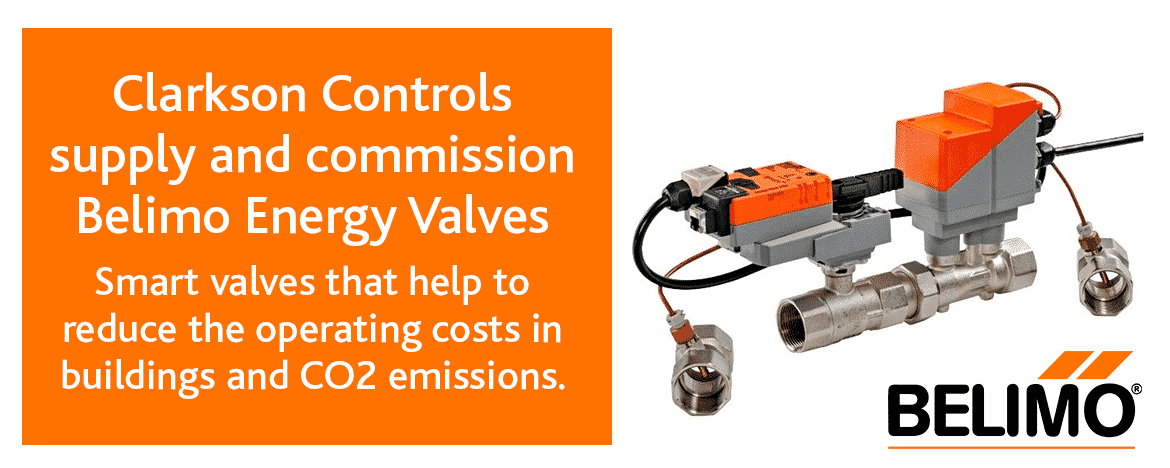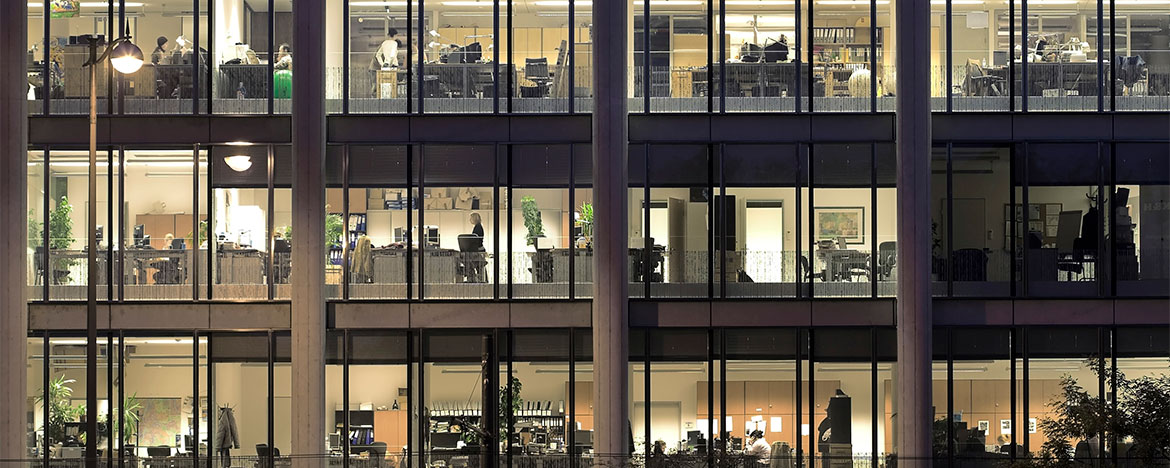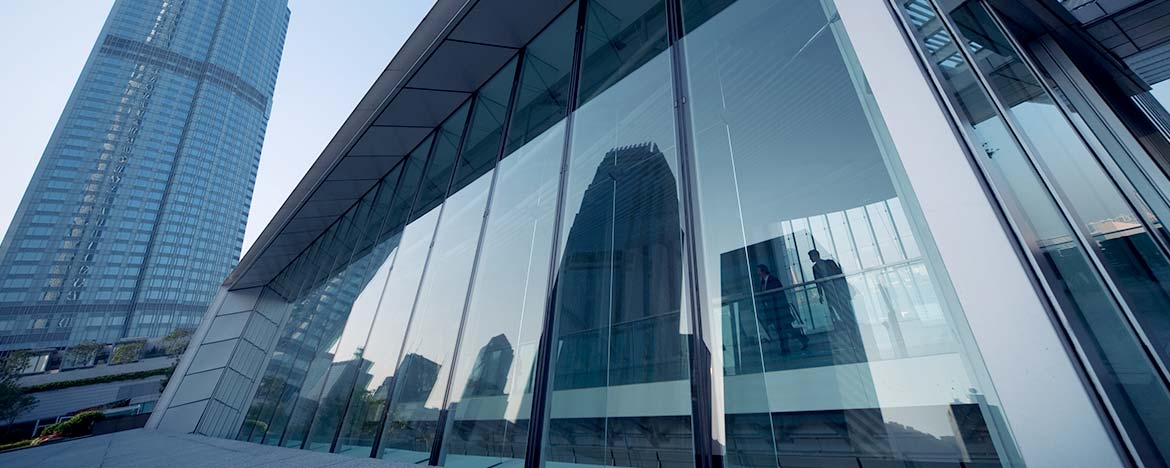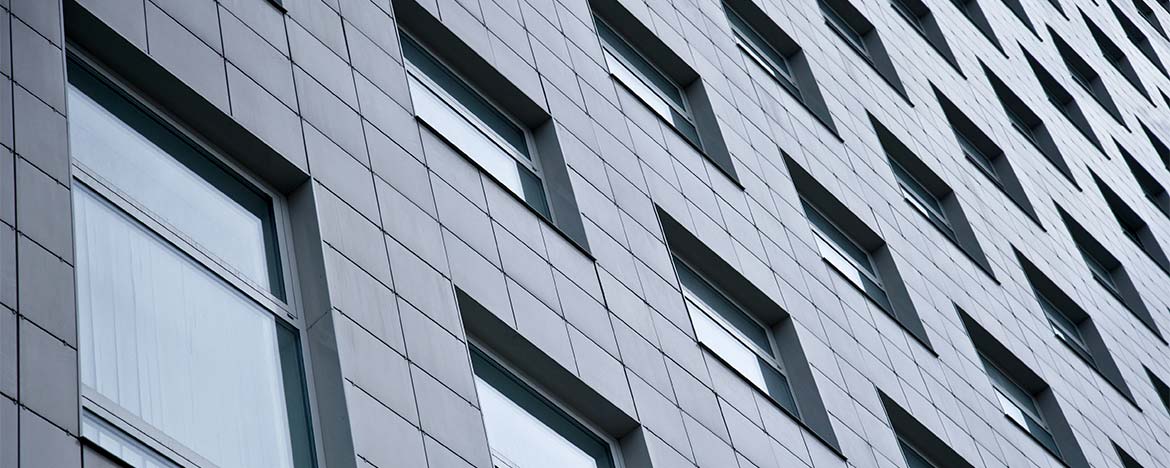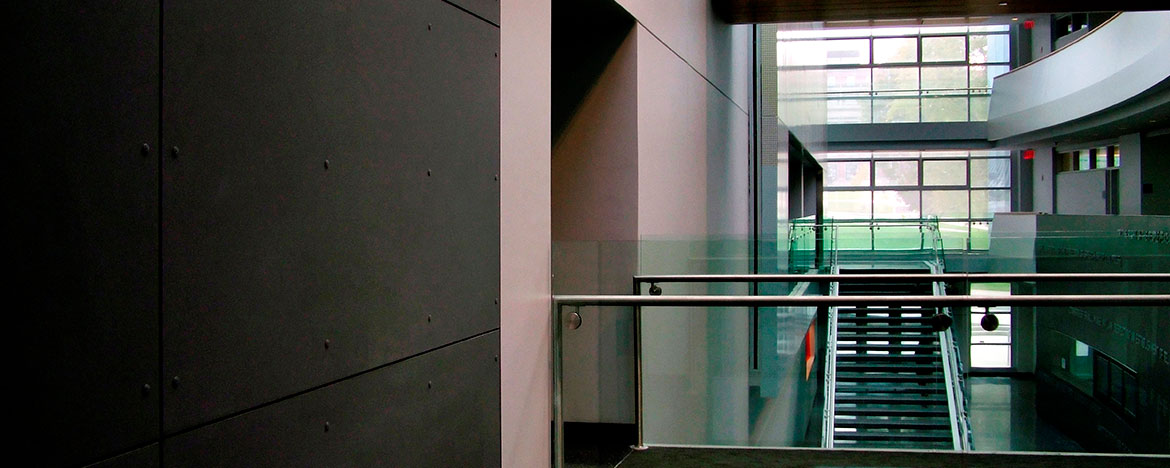
It is often said that a good football referee is one that is barely noticed during the game. We could apply a similar logic to indoor air quality, which refers to the air quality within and around buildings and structures and how it affects the health and wellbeing of building occupants. Whether we are in an office, factory, hospital, supermarket or restaurant, we expect the air we’re breathing to be fresh and clean, keeping us healthy and alert. If the indoor air is maintained at an appropriate temperature, filtered and suitably humidified, we are comfortable. If it is not, however, the signs are soon noticeable.
Indoor air quality
Take the smoking ban for example. We used to think nothing of walking into a pub or restaurant and experiencing the thick aroma of fresh cigarette smoke mixing with the old, stale fumes of the past, with the smell still lingering on our clothes when we got home later. It’s worth remembering that smoking indoors was once commonplace in the UK, not just in pubs. Some seasoned journalists may hark back to the days of working in busy Fleet Street newsrooms clouded in smoke. We can confidently conclude therefore that indoor air quality was not particularly high on the agenda when it came to workplace design, compared to its growing significance today. Smoke, however, is not the only factor that can affect indoor air quality.
Most of us spend a staggering 80-90% of our lives indoors and the common desire to reduce CO2 emissions and build low carbon buildings means that many homes and commercial properties are becoming increasingly air-tight. Poor indoor air quality can be attributed to a diverse range of sources, but the situation is often made worse by pollutants used in building materials, internal furnishings and cleaning products or by actions such as cooking or painting. Unwanted biological invaders such as dust mites, mould and suspended allergens can also impact upon air quality and even pollutants from external sources can ingress through windows, doors or other openings.
Most equipment used in a working environment can have an influence on indoor air quality, to some extent or another, such as office equipment like computers and printers, factory machines, and even furniture and carpets. In particular, incorrectly specified and installed HEVAC (Heating, Ventilation and Air Conditioning) equipment can fail to provide sufficient temperature, humidity and fresh air control resulting in poor air quality. In addition, wrongly sited equipment can result in local regions of poor air quality i.e. hot spots, cold spots, unventilated and draughty areas.
Badly maintained HEVAC equipment can mean blocked filters or incorrect filters, which can restrict airflow leading to a build up of contaminants due to inadequate flushing. Uncleaned HVAC plant and ducting can harbour bacteria and fungi which can cause a number of illnesses, some potentially fatal. Poorly main trained equipment can also use more power which indirectly produces higher levels of CO2.
In the UK, Approved Document F contains recommended performance levels for indoor air quality and further guidance can be found in The Health and Safety at Work Act 1974 and the Health and Safety at Work Regulations 1992, which outline general duties in providing a working environment that is both safe and without risk to health.
The 1974 Act does state that workplaces must be adequately ventilated and should draw fresh clean air from an external source in order to achieve this. It is also noted that the ventilation system should remove and dilute warm, humid air and provide air movement, to create a sense of freshness without causing a draught. Unfortunately, this is not enough in terms of accurately assessing performance in ventilation systems.
For information on our range of Building Management Controls and CO2 Sensors visit: i-con standalone system

